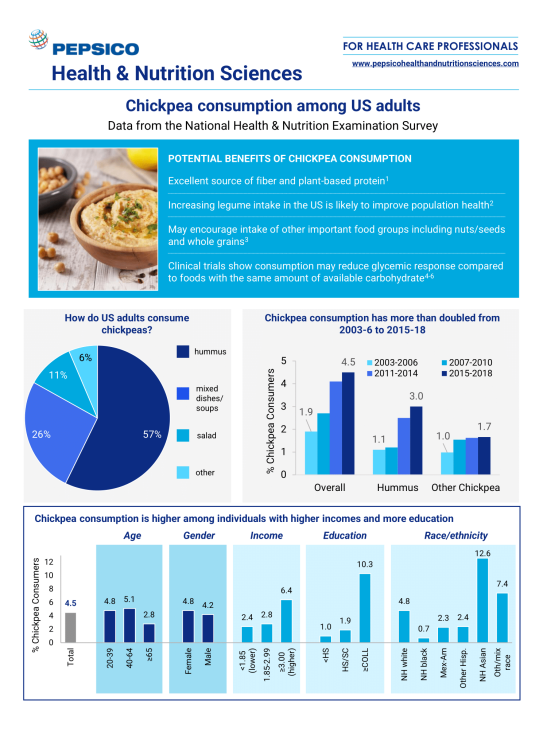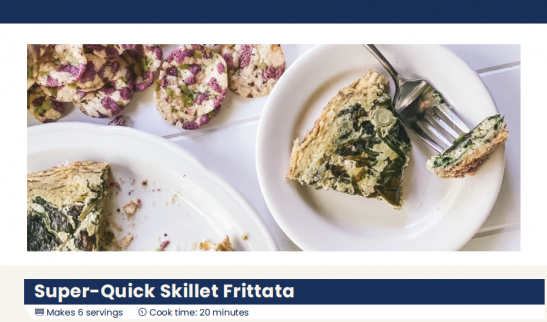Colin Rehm, PhD
R&D Life Sciences Senior Principal Scientist
Featured Publication:
Trends & Patterns of Chickpea Consumption among United States Adults: Analyses of National Health and Nutrition Examination Survey Data

What inspired you to become an epidemiologist? Tell us a bit about your career journey.
I had an unconventional path into the field of epidemiology. I completed my undergraduate studies in geography, focused on Geographic Information System (GIS). After my junior year, I searched for an internship and connected with my university’s director of nutrition program, who was interested in understanding the geographic distribution of obesity and the impact of physical access to food on diets and health. I began work in this area and utilized my prior training in geography to make substantial contributions.
I then completed an MPH in epidemiology, spent 2+ years working as an epidemiologist at a local health department, and returned to do my PhD in the late 2000s. After my PhD, I did a post-doctoral fellowship at Tufts University and then moved to New York City with my wife. I worked at the now-called Montefiore Einstein in NYC, where I led the research & evaluation activities of our community and population health office and performed various consulting activities for trade organizations or food/beverage companies. When PepsiCo indicated that they wanted to develop internal epidemiology capacity, I jumped at the opportunity. A unifying theme across all my educational and work history has been to unlock the power of relatively simple but underutilized descriptive analyses to gain new insights that can inform the best ways to improve population health.
Can you tell us more about this chickpea study and some of the novel findings from your research?
We started this project to better understand chickpea consumption in the United States, specifically in consumption patterns by socio-demographic factors and health status, trends in consumption, and the relationship between chickpea consumption and diet quality. Briefly, we observed that chickpeas are infrequently consumed in the United States. We also found that chickpea consumption has approximately doubled since the early 2000s, primarily due to the rise of hummus.
What are the implications of your findings?
The main implication is that chickpea consumption (like most other legumes) is currently very low in the United States. Increasing consumption in various forms is likely to have beneficial impacts on diet and health.
What is the one thing that would surprise most people about your work?
Working for a large and highly diversified food and beverage company is fascinating. I get to work on a wide variety of food categories and products, and I am certainly never bored. Throughout the organization, there is immense appetite for the sorts of insights epidemiology can bring, and to me this is very exciting.
What is your favorite PepsiCo product?
It is difficult to choose one, but I am a big fan of Lay’s Lightly Salted Potato Chips, Quaker granola (of any flavor), Gatorade (especially Cool Blue) and Pepsi Zero Sugar.
Check out additional chickpea resources


